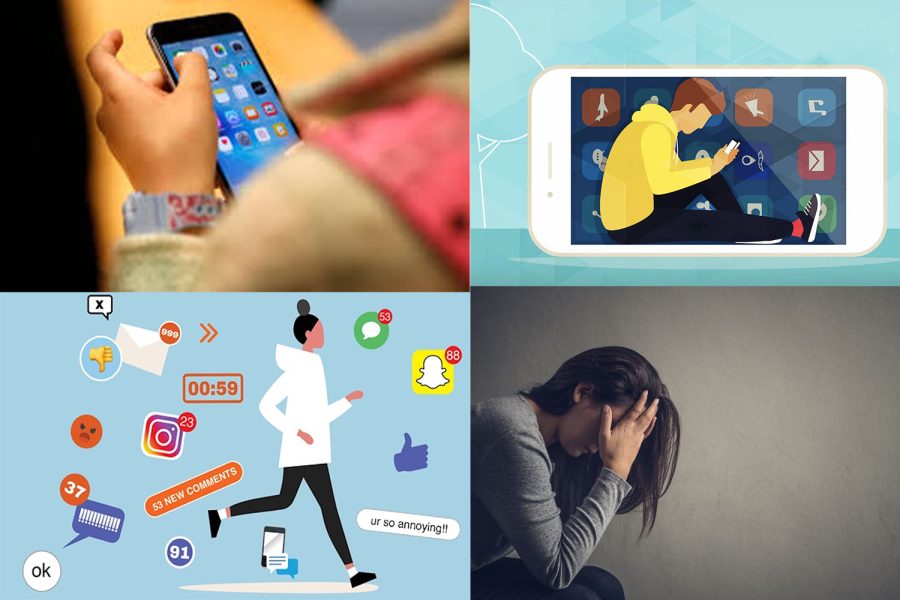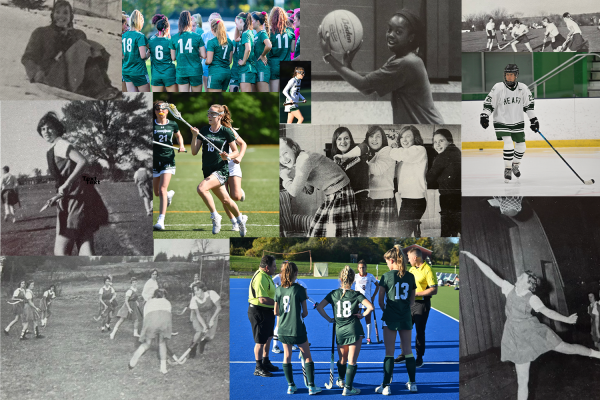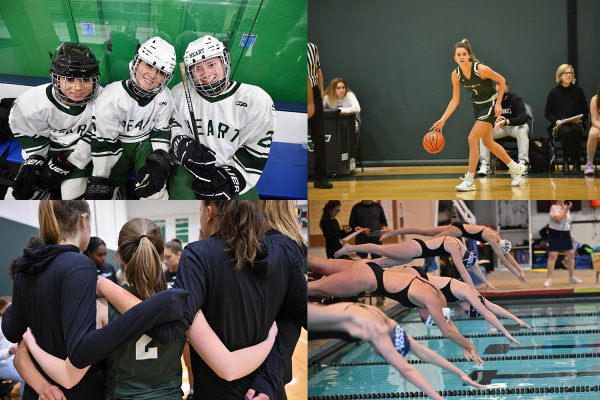The different effects social media presents on young minds
With the increasing amount of time teenagers now spend on social media, Dr. Schwartz discusses its effects on adolescents.
It is common for ten to eighteen-year-olds to spend their free time on screens. When looking at other people’s posts, teens can feel unworthy and strive for unattainable perfection, according to The New York Times. However, technology can allow teens to form connections and further their studies. Upper School Psychologist Dr. Lisa Schwartz shares both the positive and negative sides of social media.
Dr. Schwartz has experience with handling adolescent mental health with regard to social media use. During the day, she meets with students who come to her with different concerns, some of which involve social media. She believes that teens can become obsessed with what others may be doing or what others look like, creating unrealistic standards. She commented on the detrimental effects of social media, including Instagram and TikTok.
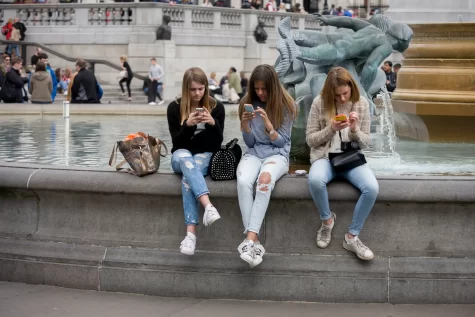
“Viewing that [media] consistently can cause negative self-esteem because we are always wondering, why can’t I have that or be like that when the reality is that none of us have anything perfect, we are just presenting a perfect moment,” Dr. Schwartz said.
Along with causing self-esteem issues, the increase in use of social media has caused rates of depression, anxiety, and suicide to escalate. Individuals can become less happy if they spend much of their time on screens rather than exercising, sleeping, and having person-to-person interactions, according to The New York Times. When teenagers live on social media, they live in realities that are very different from their own.
Although many parents and psychologists only recognize the downsides of social media, Dr. Schwartz believes that social media can have many benefits when used for an appropriate amount of time.
“It’s not all bad,” Dr. Schwartz said. “There is a lot of good. I just think that we have to be aware of how much we’re using it and what we are using it for and what we are potentially replacing in our life when we use it too much.”
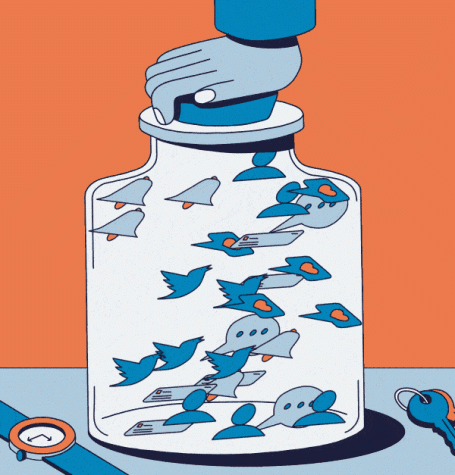
Social media also promotes collaborative learning among the youth, according to internetmatters.org. People can increase their knowledge on a range of topics and hear from different perspectives. Social media also allows adolescents to develop communication and technical skills online, which are essential for different opportunities in the workplace.
Dr. Schwartz remarks that teenagers can use social media as a form of communication, bringing them together when distance and disease separate them. She also elaborates on how social media helped adolescents remain connected and informed during the coronavirus pandemic.
“Using it in an effective, thoughtful, and meaningful way has so many good aspects to it,” Dr. Schwartz said. “We can communicate with each other when we’re not together, we can see pictures of our friends and family that we are not able to be with. I see a lot of positives, particularly during the coronavirus pandemic. It allowed us a forum to be together, to educate ourselves, go to school, so I can not discount that there are so many positive things about it.”
Featured Image by Giada Coviello ’24

Giada is looking forward to serving as the King Street Chronicle's Sports & Health Editor and creating the weekly “Humans of the Sacred Heart”...

